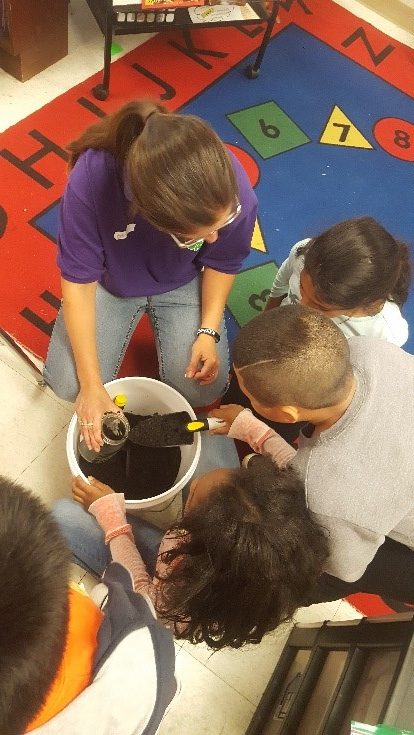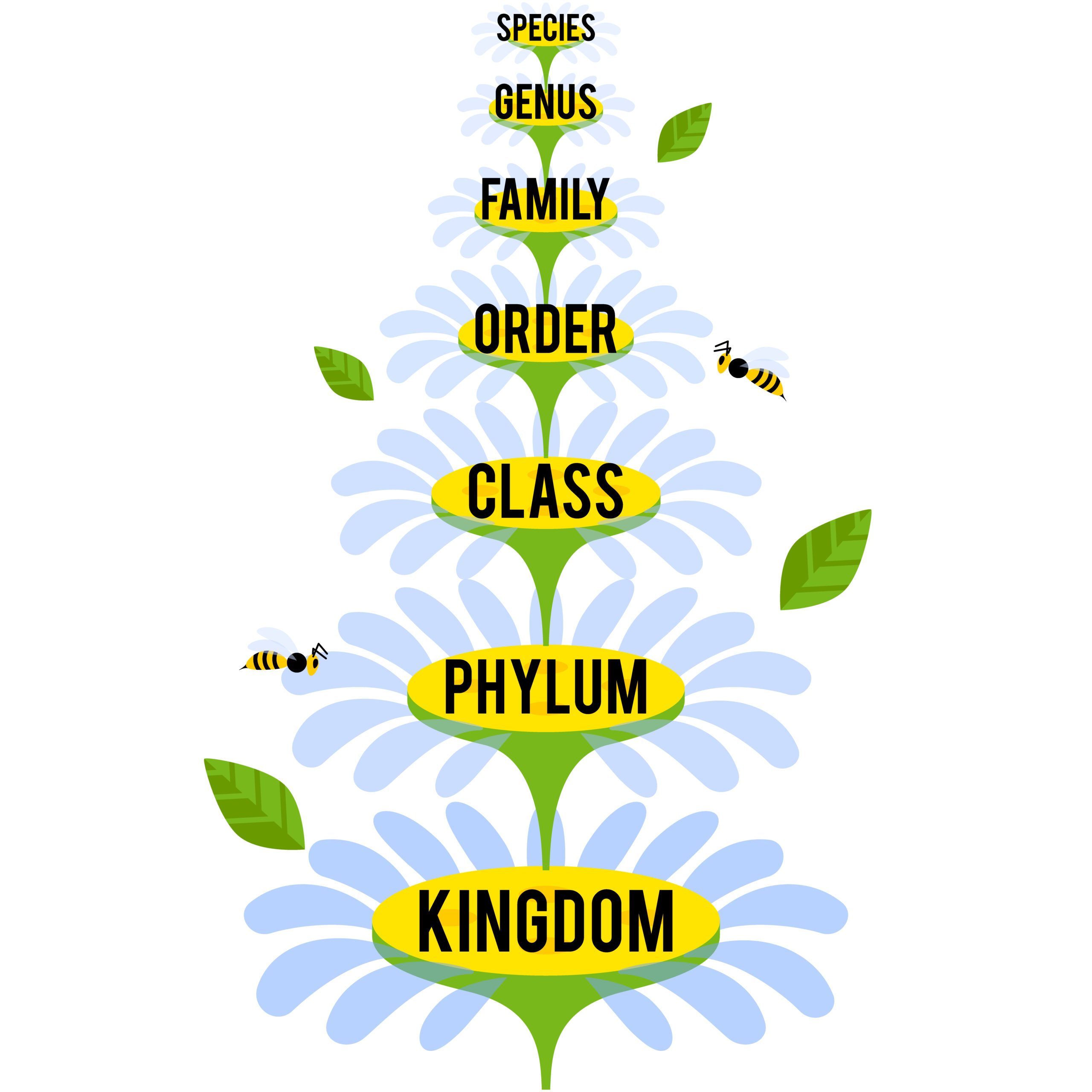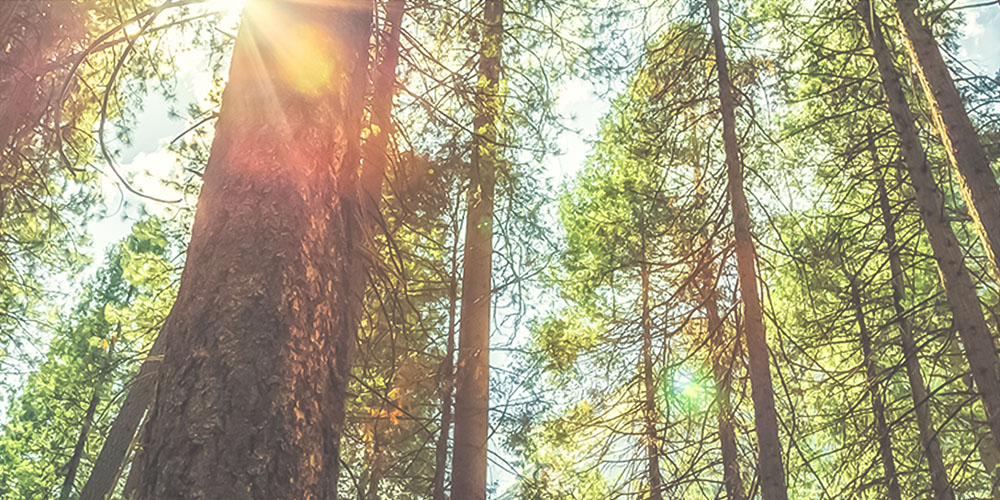
Develop Youth’s Life Skills with PLT and 4-H
This crosswalk quickly shows which PLT activities support youth development goals and 4-H Life Skills that are organized around the Head, Heart, Hands, and Health.

This crosswalk quickly shows which PLT activities support youth development goals and 4-H Life Skills that are organized around the Head, Heart, Hands, and Health.

Why do some organisms live in many environments while others are only found in very unique places? These STEM activities teach students about species diversity.

Videos are a great way to introduce some of the complex topics associated with climate change. Check out these 12 videos to spark discussion with your middle or high school students.

Students review what they have learned in this module by compiling a report of the future of forests in Southeast US. Students can share their knowledge by writing a letter to their state or county forester, city arborist, local newspaper, etc.

Students assess a series of facts to understand how to manage a plantation forest to maximize the removal of atmospheric carbon as they practice cooperative learning and graph interpretation skills.

After a debate where students compare products, students develop a set of life cycle questions that con be used to guide their consumer choices.

Students investigate life cycle assessment data for three types of outdoor dining furniture (plastic resin, cast aluminum, and pine) and make conclusions about the relative impact of the products on global climate change.

Through a simulated shopping activity, students learn about life cycle assessments and the potential impact of their consumer choices on the environment. How do we make decisions about the products we buy?

Students calculate the amount of carbon stored in individual trees near their school, then they compare the carbon sequestration potential for land-use types in their state and compare it to the amount of carbon released by human activities.

Students imagine they are a carbon atom and take part in a simulation that allows them to cycle through biological and physical systems.